
views
- An apology for causing an inconvenience is a very common, canned response that can come across as insincere and like you’re dismissing the problem.
- As an alternative, say “I understand your frustration,” or, “This shouldn’t have happened” to express empathy and take accountability for the issue.
- Or, tell the recipient, “Thank you for your patience” to express your gratitude and help alleviate their disappointment or negative feelings.
What's wrong with saying “Apologies for the inconvenience”?

“Sorry for the inconvenience” can feel insincere and impersonal. People say "I apologize for the inconvenience" as a way to address workplace mistakes or problems, both with fellow coworkers and customers. But this phrase is the go-to apology for most professionals, so it can sometimes come across as generic and ingenuine. Your recipient might feel like you’re shrugging off the blame and dismissing their issue instead of hearing them out. Because this is such a common phrase, it can feel like a blanket statement that has very little genuine concern. This apology also doesn’t show your recipient that you’re tackling the issue urgently. It can come across like you’re merely addressing the issue. So what can you say instead? Read on for a complete guide!
Alternative Apologies to “I’m sorry for the inconvenience.”

“I understand your frustration.” Sending “I understand your frustration” to clients, colleagues, or your boss after you make a mistake shows that you empathize with their feelings. This makes your recipient feel heard and like their problem is important, which can alleviate their disappointment or anger and make you look responsive and helpful. Include a genuine apology in your message, phone call, or conversation to make it clear that you are remorseful about the mistake. For example, you might email a client, “I understand your frustration and apologize that your credit card was charged twice. We processed your refund, so please expect your funds to be available in 1 to 2 days.”

“I realize this is disappointing.” Taking ownership of the problem and recognizing how your recipient feels about it expresses your desire to make it right. A simple, “I understand this is disappointing” along with an apology shows that you care and are willing to learn from the experience, which builds trust between you and your customer or coworker. If you’re messaging a coworker, you might say, “I realize this is disappointing. I’m very sorry that I misplaced the invoice for our client.”

“Thank you for your patience.” Sometimes, an issue is out of your hands, so saying sorry just feels like empty words. Instead, a “Thank you for your patience” message shows that you understand what your recipient is going through and that you are grateful for their resilience. This message can also make the recipient feel more positive about the situation. For example, send a customer, “Thank you so much for your patience. Unfortunately, the mail carrier lost your package. We are sending you a replacement, free of charge.”
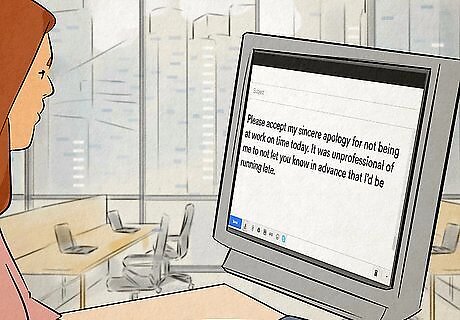
“Please accept my sincere apology.” When someone is experiencing a lot of trouble, making a clear and genuine apology tells them that you acknowledge and accept the mistake. Instead of glossing over the issue and offering little support, a sincere apology shows your boss, coworker, or customer that you are going to make amends. If you’re apologizing for showing up to work late, you might email your boss, “Please accept my sincere apology for not being at work on time today. It was unprofessional of me to not let you know in advance that I’d be running late.”
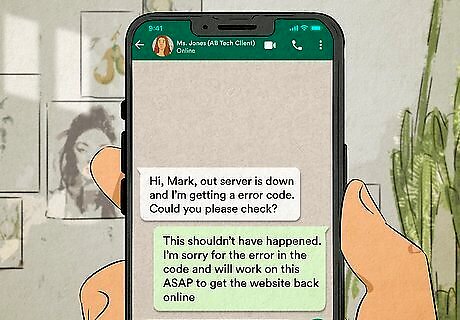
“This shouldn’t have happened.” Directly acknowledging a mistake you or someone else made helps your recipient feel heard and cared for, which helps put them at ease and can temper any negative emotions. Just make sure to apologize in your message as well to make it clear that you take ownership of the issue. For instance, tell a coworker, “This shouldn’t have happened. I’m sorry for the error in the code and will work on this ASAP to get the website back online.”

“I appreciate your understanding.” Adding a “Thank you for understanding” after your apology helps lift your recipient’s spirits and communicates your care for them. It shows them that you value their time and experience and understand how they’re being impacted by the trouble. You might tell a customer, “I am so sorry for the shipping delay and greatly appreciate your understanding in this matter. We are doing everything we can to get your items delivered.”

“Let me help.” When you apologize for a problem or mistake, offer to solve it, too. Promising to sort out your client or coworker’s issue can de-escalate the situation and lead to better relationships in the future. It also highlights your problem-solving skills, sense of responsibility, and consideration for others. If a client is still waiting on a payment, you might say, “Please accept my apology for the delay. Let me help by sending your invoice to our accounting team and CC’ing our boss who will ensure this matter gets taken care of.”
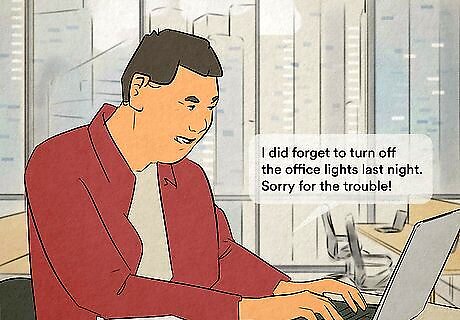
“Sorry for the trouble!” If you’re dealing with a more minor issue, a simple “My mistake,” “My bad,” or “Sorry for the hassle” is perfectly acceptable. These messages still demonstrate your ownership of the problem and acknowledge how your recipient feels. For instance, you might message your coworker, “I did forget to turn off the office lights last night. Sorry for the trouble!”
Making a Professional Apology
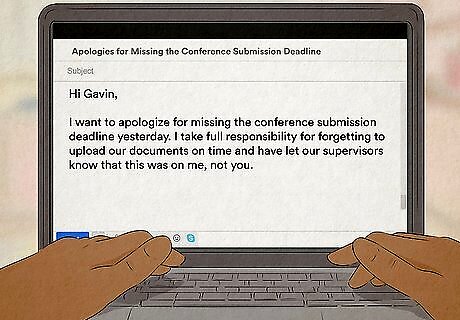
Take responsibility for the problem. When you apologize for a delay or missing a deadline, stick to using “I” statements so you don’t place the blame on anyone but yourself. While someone else’s actions might’ve also led to the issue, just focus on what you did—or didn’t—do. For example, you might email your coworker, “I want to apologize for missing the conference submission deadline yesterday. I take full responsibility for forgetting to upload our documents on time and have let our supervisors know that this was on me, not you.”

Make amends by offering a solution to the problem. A good, genuine apology doesn’t stop at, “I’m sorry.” Instead, offer a way to make the issue better or to appease your recipient. For example, you might give a refund to a customer if you forgot to send their order or offer to pay for office equipment you broke. Be clear about when you will work on the problem and when it is likely to be solved, too. For instance, in the conference submission example you might say, “I have already emailed the conference and asked for a deadline extension. If I don’t hear back by tomorrow, I will give them a call.” Give the recipient assurance that the mistake won’t happen again, either. Describe how you’ll learn from the mistake and ensure you won’t make it in the future.

Be empathetic and thank the recipient for their understanding. Make it clear in your apology that you empathize with how your customer, coworker, or boss feels. Then, thank them for their patience and understanding about the problem to add a positive tone that helps them feel better about the issue. For example, a simple, “I’d be frustrated in this situation too” or, “I understand that this is difficult to deal with” shows that you understand what the recipient is dealing with.
















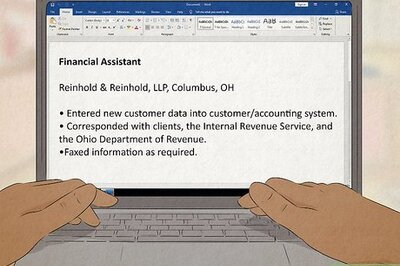

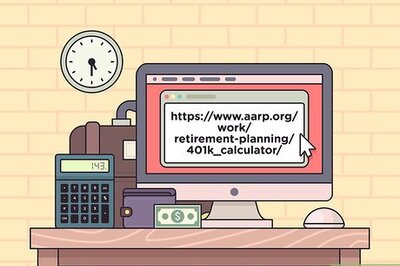

Comments
0 comment